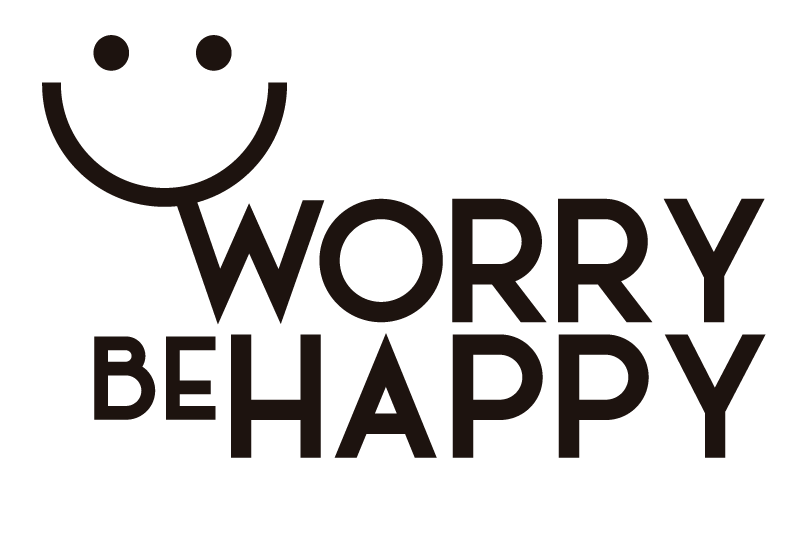I've been designing and implementing processes for more than 30 years to manage knowledge and action systems.
There are 2 obvious different approaches:
- Adapt yourself to the software workflow.
- Find software that fits your workflow.
Here, I explain how to get the best of both.
Why Workflows Are Critical
I'm passionate about mental models and workflows because they help me to create frameworks, processes I can easily follow sequentially to arrive at my destination.
There's nothing easier than following a step-by-step process (that's why I love checklists).
Workflows also allow you to automate things (equals saving time, equals leverage).
1. Adapt Yourself to the Software Workflow
I've always said developers are smart people.
They dedicate a lot of time to think how to "process a process". At least, they're supposed to do that.
That's why I always look carefully at how a piece of software executes a workflow.
I think about it, try to understand it, see if I feel comfortable with it.
I accept a little bit of friction initially, but if that friction stays for quite a long time, I start thinking that's not my tool.
Friction never works in the long term. Frictionless does.
2. Find Software that Fits Your Workflow
Whenever you feel comfortable with a workflow you've created, everything runs smoothly. The steps you follow are precisely the same ones your brain does.
If it makes sense for you, you have to push hard towards finding a piece of software that replicates it.
Don't worry. It always exists. Don't you think you're the only one that thought about that workflow.
There are flexible systems like Notion, where you can create your own structure and workflow.
There are more rigid systems that do exactly the things as you thought them.
Think about splitting your workflow into parts. Find software that executes that particular task perfectly.
Sooner or later, you'll find "the software of your dreams". There are amazing products out there!
My Approach
Life's never a matter of 1 or 0.
The real added-value is always between both numbers.
Balance is key.
Combining both approaches will let you grow throughout your journey: you'll polish your workflow, and you'll find those pieces of software that perfectly fit your way of thinking.
Last Thoughts
Having that digital ecosystem implemented gives you the sensation of control and peace of mind you need to perform at your highest level, knowing what to do and which tool is the one that nails it.
That's how you become a "cyborg", combining the best out of the two different parts of your brain: the digital and the physical one.
It's good stuff to sleep well every night.
Photo by UX Indonesia on Unsplash.

